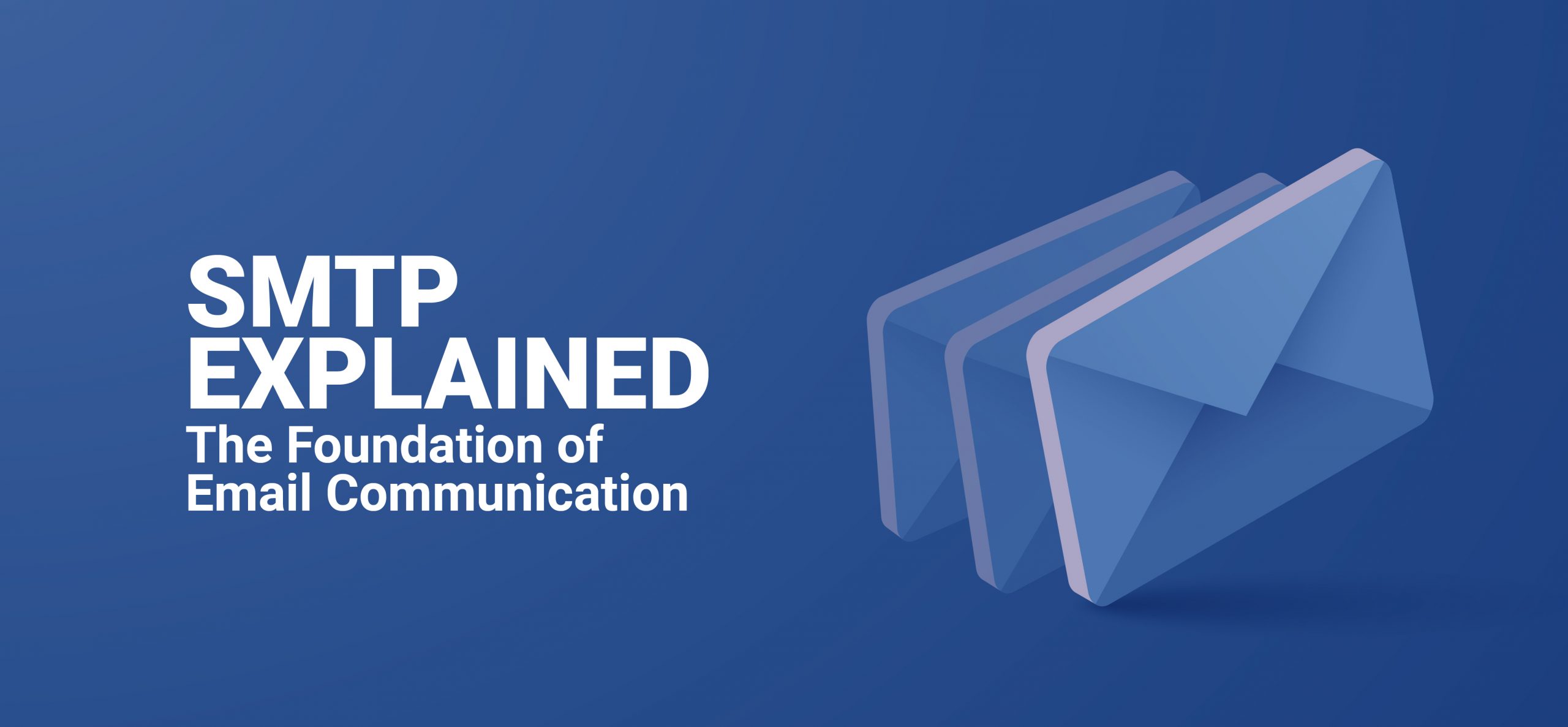Table of Contents
Introduction
In this blog, we’ll explore the reasons and factors behind emails landing in the spam folder, and offer tips to help prevent this from happening to your emails and understand what are the different types of email hosting.
Why Do Emails Go to Spam?
Emails are directed to the spam folder due to various reasons, including decreased engagement, sender reputation, content-related concerns, and issues with email deliverability.
1. Sender Reputation
One of the most crucial factors that determine whether an email ends up in the spam folder is the sender’s reputation. Email service providers such as Gmail, Yahoo, and Outlook employ sophisticated algorithms to evaluate the trustworthiness of senders. If your sender’s reputation is poor, your emails are more likely to be marked as spam.
Ways to Address It:
- Maintain a positive sender reputation by sending high-quality content, refraining from using spam-like language, and adhering to email marketing best practices.
- You should verify your sender score using tools like Senderscore.org or Sender Score by Validity.
2. Content and Spam Triggers
The content of your email plays a significant role. Specific keywords and elements in your email can activate spam filters, such as excessive capitalization, an abundance of exclamation marks, and words commonly linked with spam
Ways to Address It:
- Meticulously craft your email content, steering clear of spam-like language and tactics.
- Utilise spam checkers like SpamAssassin or Email on Acid to evaluate your email content for possible issues.
3. Poor Email Authentication
Email authentication methods like SPF, DKIM, and DMARC aid recipients in verifying the sender’s authenticity.
- SPF (Sender Policy Framework) serves as an email authentication method designed to thwart email spoofing by assisting email ISPs (Internet Service Providers) in identifying mail servers authorised to send email for a particular domain. Through this email authentication, companies and brands can safeguard their domain from being exploited by spoofers, scammers, and phishers to dispatch malicious emails.
- DKIM (DomainKeys Identified Mail) employs DKIM signatures and encryption procedures to uphold the email’s integrity during transmission. If the email is tampered with, the DKIM signature will fail the validation process.
- DMARC (Domain-based Message Authentication Reporting and Conformance) furnishes email senders with a mechanism to provide guidelines to email recipients on how to manage inbound email that fails the sender’s email validation processes.
SPF and DKIM play vital roles in email validation, ensuring the authenticity of the sender and verifying that the email originated from the stated sender. DMARC assists recipients in understanding how to handle unauthenticated emails they receive.
SPF and DKIM play vital roles in email validation, ensuring the authenticity of the sender and verifying that the email originated from the stated sender. DMARC assists recipients in understanding how to handle unauthenticated emails they receive. Without proper authentication, your emails are prone to be viewed with suspicion.
Ways to Address It:
- Ensure your domain’s SPF, DKIM, and DMARC records are accurately configured.
- Regularly verify the authentication status of your emails using online tools or email authentication services.
4. High Complaint Rates
If recipients regularly flag your emails as spam or unsubscribe from your mailing list, your sender reputation will suffer. This can happen due to various reasons, the recipient may have forgotten they have opted to receive your emails or they find your emails a waste of time.
Ways to Deal With It:
- You need to send mails to those only have opted in.
- Make unsubscribing easy and clear in your emails.
- Should make sure the mails are interesting, informative and educated.
- If emails are found in the spam folder, encourage recipients to move them to their inbox..
5. Sending Bulk Emails
Sending mass emails may trigger spam filters, especially if you don’t follow best practices for bulk emailing.
This has many benefits, including helping you reach more people in less time at the lowest cost. Not only that, it also increases the chances of your email ending up in the spam folder. In addition to lowering click-throughs and open rates, this will harm your sender’s reputation and diminish the legitimacy of your brand.
Bulk emails are not appropriate for all of your email marketing efforts; instead, they should be used sparingly to communicate significant changes and on particular occasions.
Ways to Deal With It:
- Use reputable email marketing services like SendGrid that help manage and optimise bulk email campaigns.
- To deliver relevant content to specific groups, segment your email list.
What actions can you take to prevent your emails from ending up in spam folders?
1. Follow Email Marketing Best Practices
Maintaining a good preacher’s reputation requires adhering to best practices. This includes making sure your email list is update and clean, sending emails only to select people, and offering insightful and relevant content.
2. Authenticate Your Emails
Make sure your emails are verified and reliable enough for email service providers by implementing SPF, DKIM, and DMARC records.
3. Monitor Your Sender Reputation
Use internet tools and services to regularly evaluate your sender score and reputation. This helps you identify and fix issues before they affect the deliverability of your emails.
4. Avoid Spammy Content
Craft your emails carefully, avoiding spam triggers and keeping the content relevant to your recipients. Before sending emails, have them scanned by spam checkers such as mailmeteor.
5. Partner With a Reliable Email Hosting Provider
Email hosting plays a crucial role in preventing your emails from ending up in spam folders. It does this by verifying the legitimacy of your emails, offering dedicated IP addresses, managing IP reputations, filtering content to avoid common spam triggers, helping you maintain clean email lists, setting reasonable email sending rates, providing tools for monitoring, establishing feedback loops with major email providers, ensuring compliance with email regulations, and implementing security measures to deter spam.
FlexiCloud’s shared hosting plans come with complementary cPanel based IMAP and POP mails which customers can use for free.
Conclusion
In conclusion, ensuring that your emails reach recipients’ inboxes instead of spam folders requires attention to various factors such as sender reputation, email content, and authentication methods like SPF, DKIM, and DMARC. By implementing best practices, regularly monitoring email performance, and staying informed about email authentication technologies, you can significantly reduce the likelihood of your emails being flagged as spam.
TRENDING OFFER



